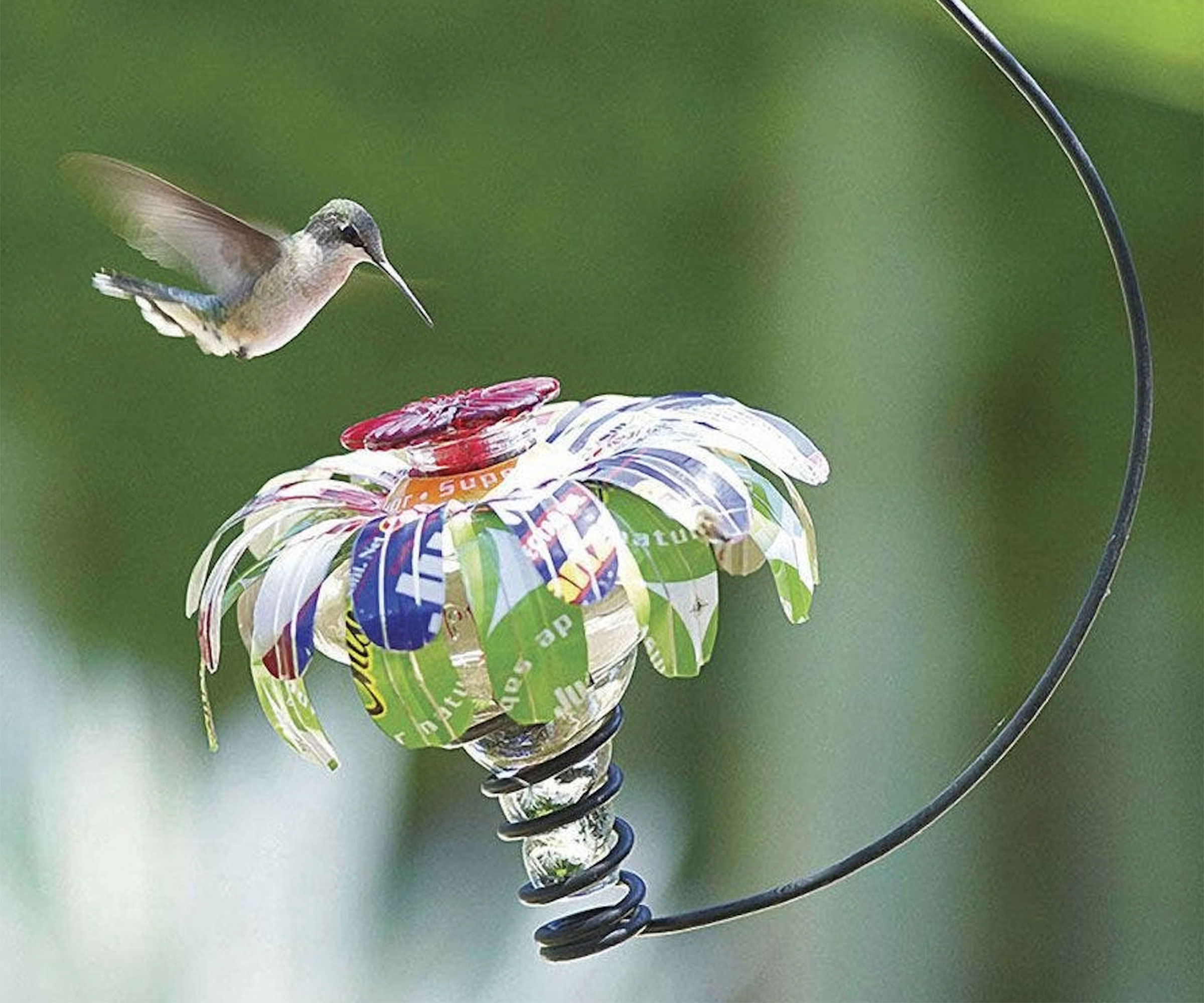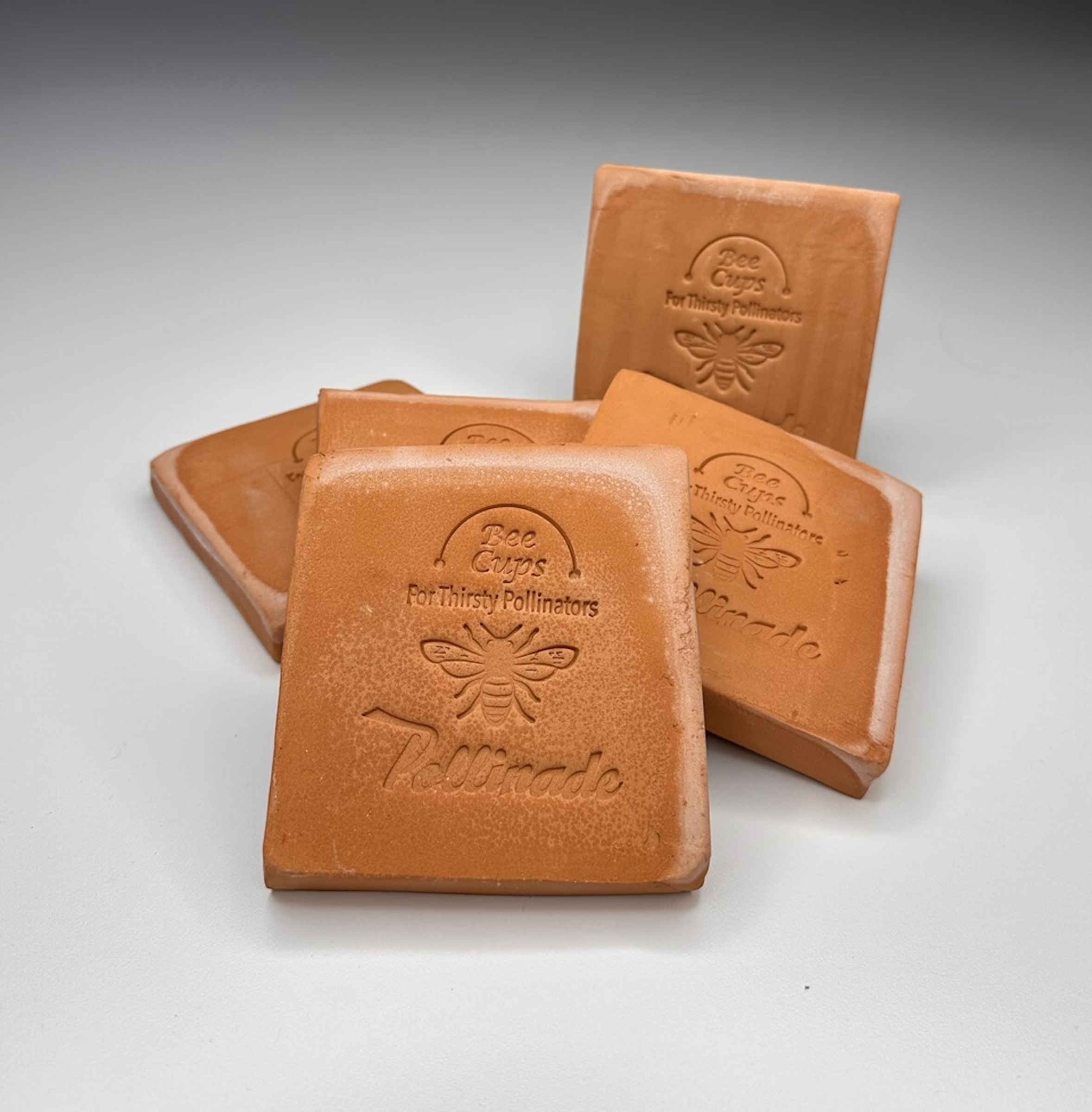Grow Flowers And Plants For Hummingbirds: Try These 12 Garden Stunners For Hummers!
Looking to attract hummingbirds to your yard? Grow these 12 gorgeous flowers and plants for hummingbirds – guaranteed to bring the winged visitors humming!
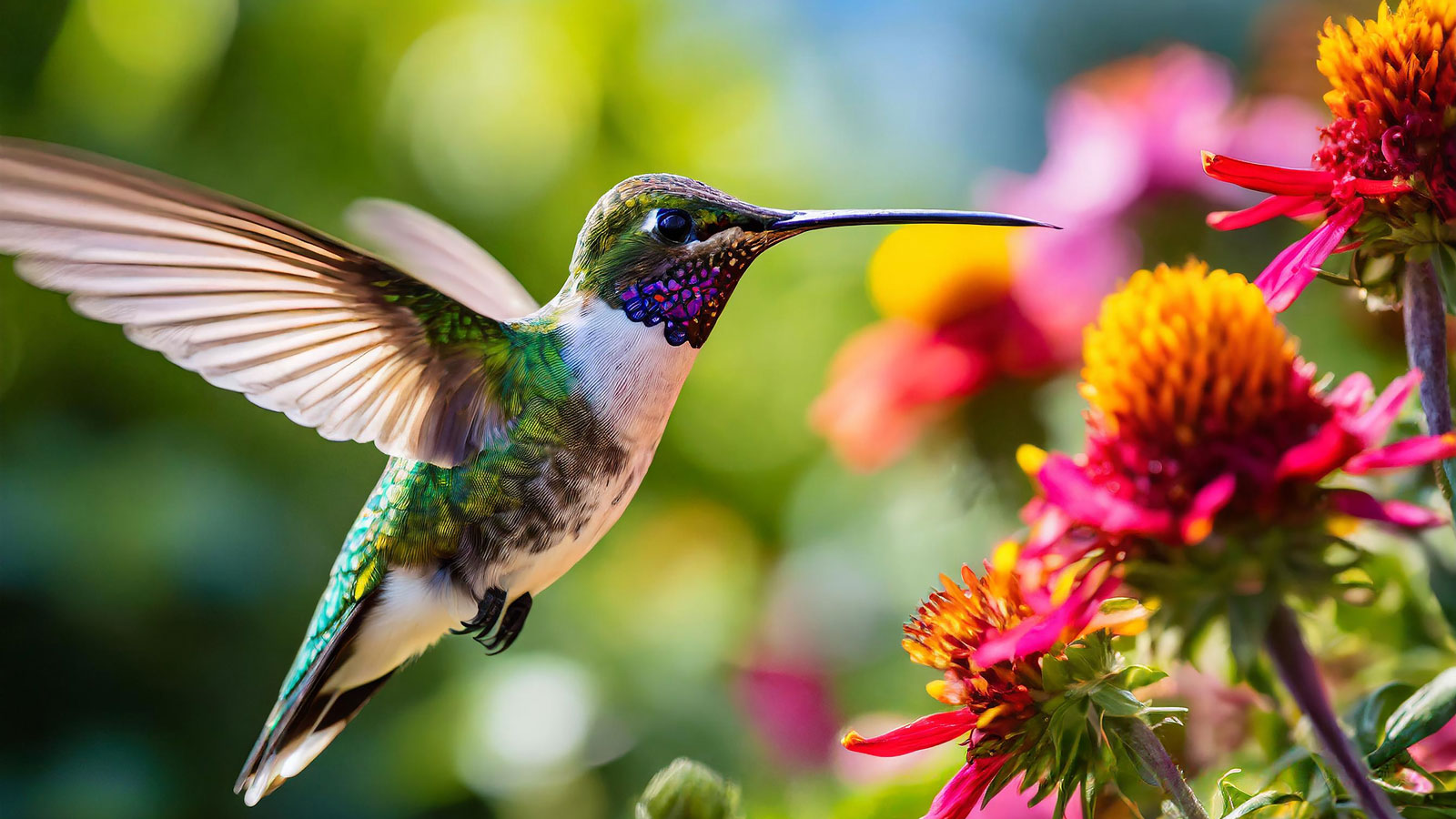
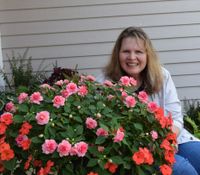
If you’re keen on creating a thriving pollinator garden, you’ll welcome any chance to feed hummingbirds and watch their aerial antics. To entice them to your yard, it’s important to grow the right flowers and plants for hummingbirds. This involves planting some of their favorite nectar sources, including native and non-native plants, trees and shrubs.
These tiny birds zip up, down and all around while searching for food. The best plants for hummingbirds have tubular, red flowers. That said, they will visit all colors, especially bright pink, orange and yellow. Find out how to attract hummingbirds by growing some of these alluring and easy-going plants and flowers.
Best Plants and Flowers for Hummingbirds
The best plants for attracting hummingbirds are a mix of annuals and perennials, as well as native species. The more plants are hybridized, the less nectar they will produce, so opt for the pure species. Also, single flowers are preferable to double flowers. Whether you are looking for full sun hummingbird plants or shade plants that attract hummingbirds, look for combinations of plantings that bloom in succession to offer nectar in spring, summer and fall.
Besides nectar, hummingbirds consume insects and spiders for protein. Planting shrubs near the nectar plants will give hummers a place to hide and rest between feedings. If they have a favorite food source in your yard, they like to sit and guard it. From conventional tubular flowers and vining favorites to daisy style options, here are the best flowers and plants for hummingbird interest.
1. Fuchsia
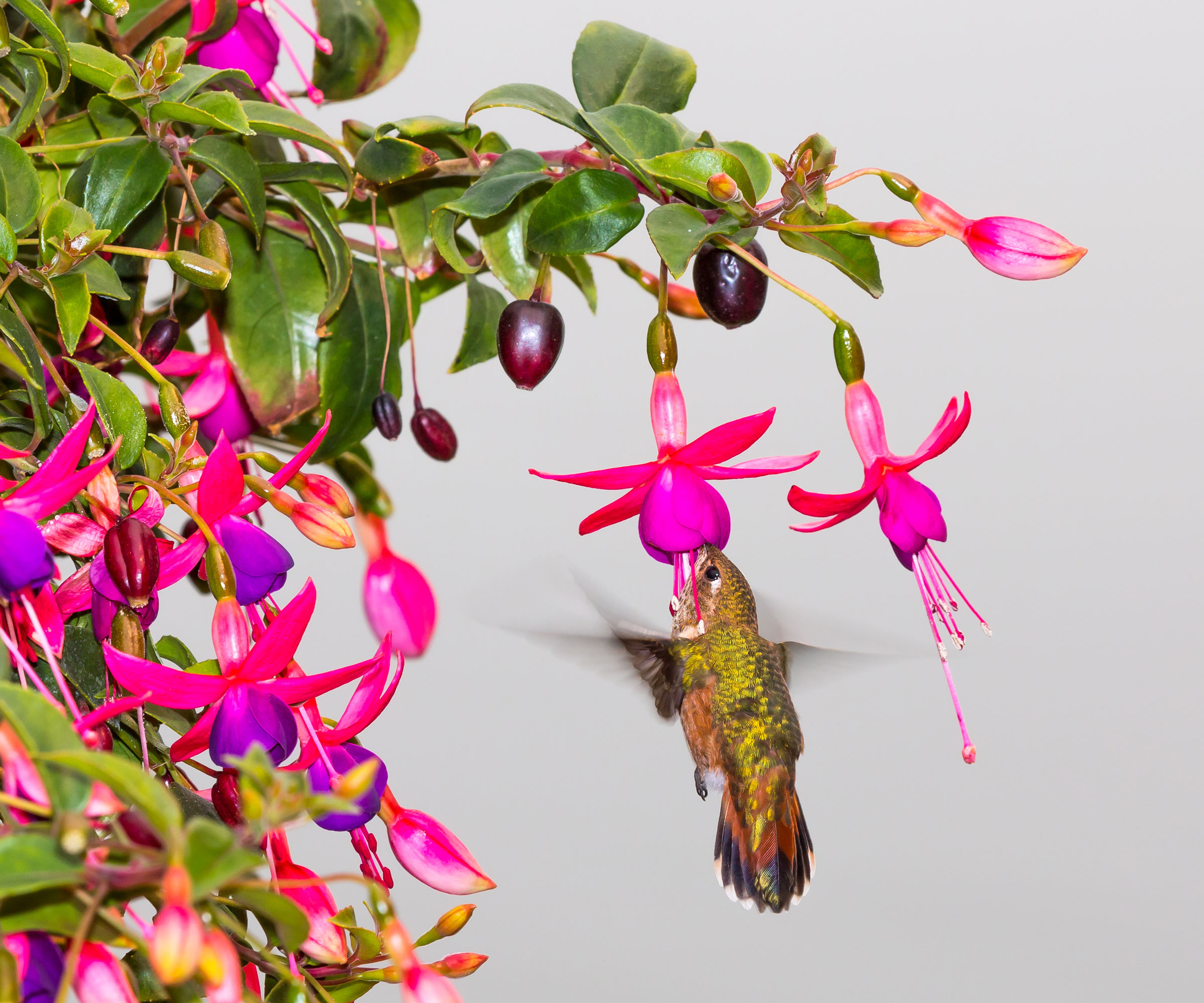
Fuchsias (F. hybrida) are must-have hanging plants for hummingbirds. You can find perennial and annual flowering varieties. Many develop stems that can grow as long as 2ft (0.6m) in multiple color combinations. Plant in moist, well-draining soil in hanging baskets or containers in partial or full shade. These plants bloom from late spring to fall and thrive in USDA zones 9-10.
2. Impatiens
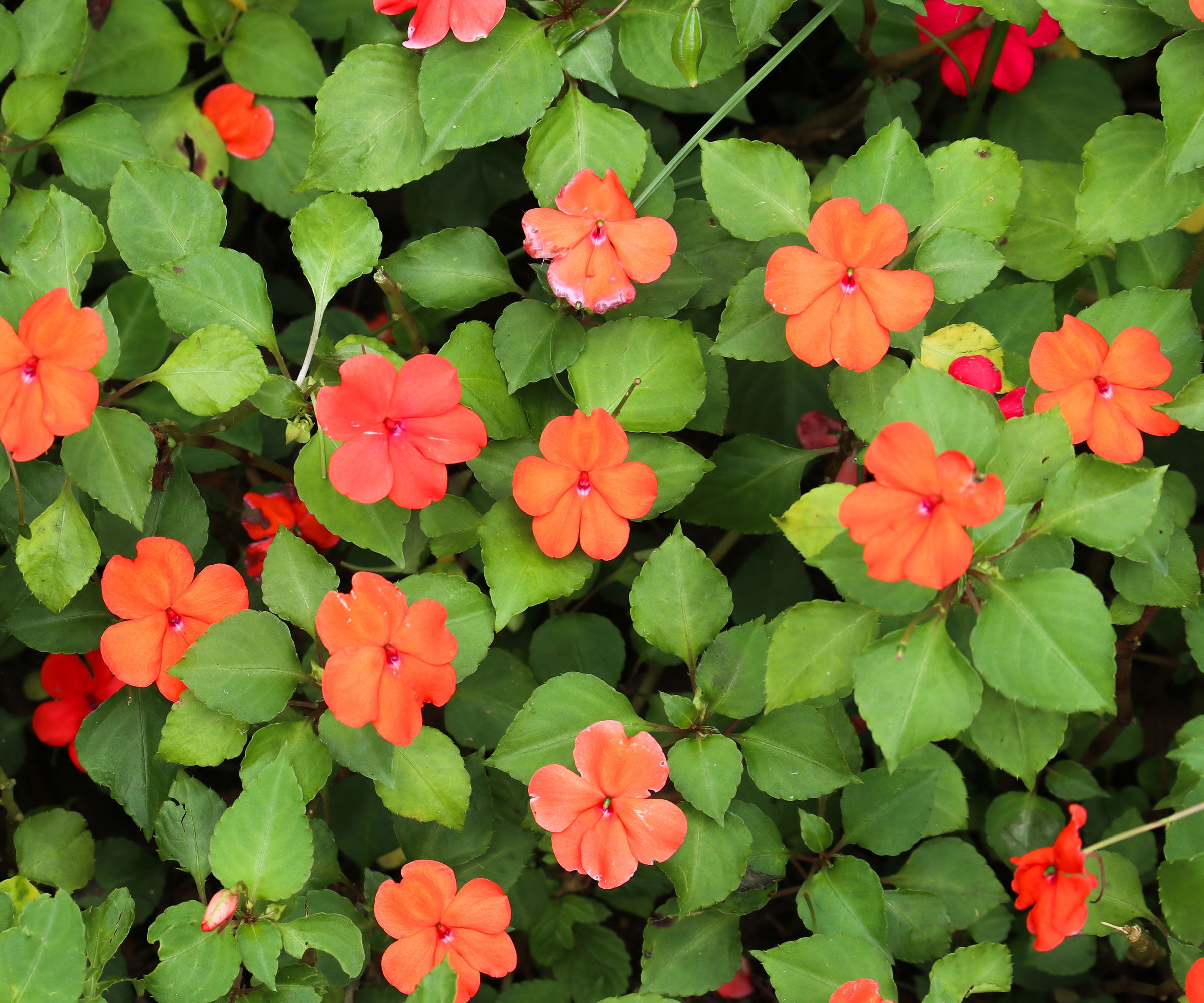
These annual bedding or container plants form mounds of colorful single or double flowers that bloom from spring to frost. Impatiens (I. walleriana) grows up to 2ft (0.6m) tall and wide. Grow impatiens in moist, well-drained soil in partial shade to full shade. The native impatiens (I. capensis) is easily grown from seed and thrives in USDA zones 10-11.
3. Mexican Sunflower
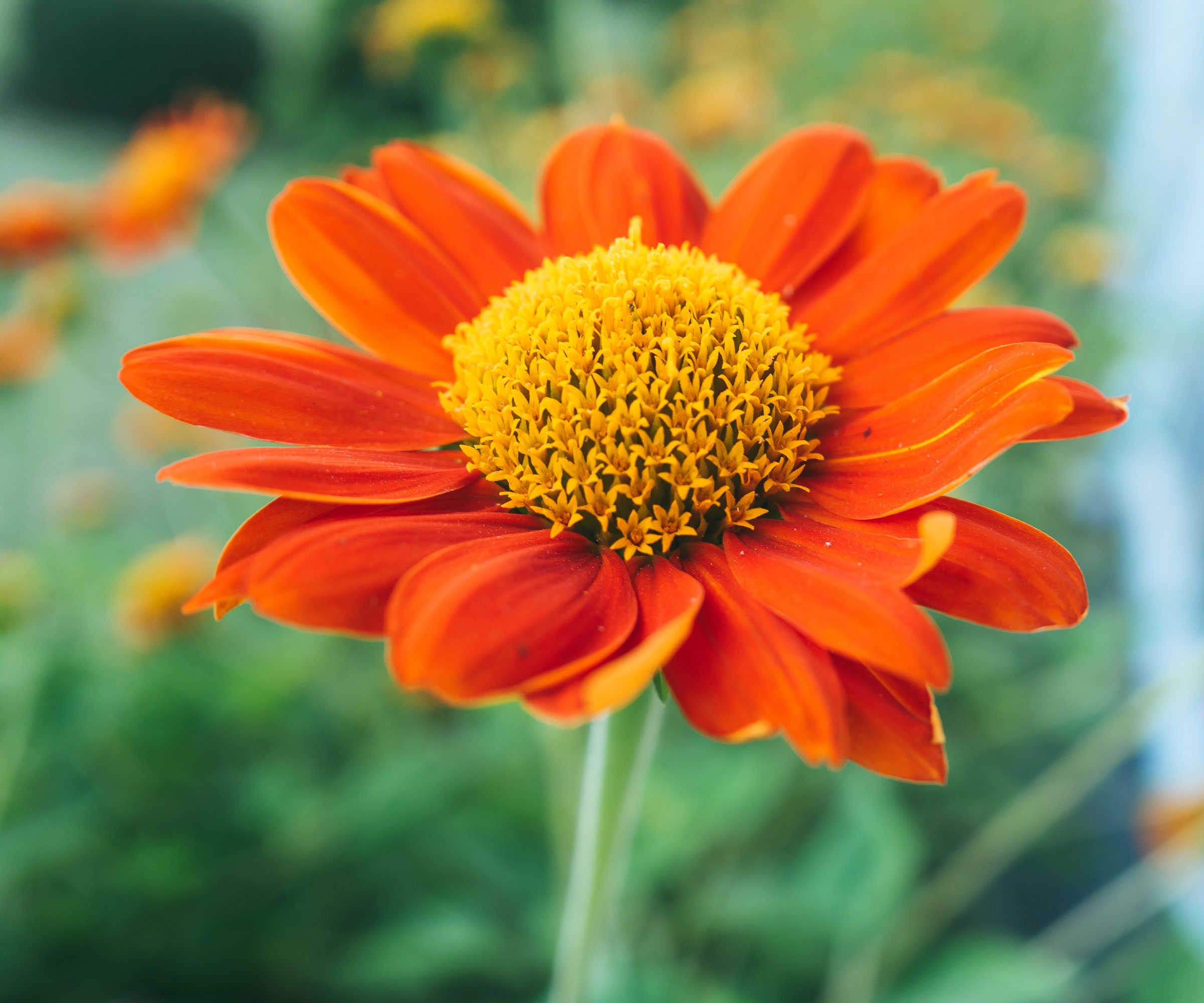
These bright orange-red flowers are irresistible to hummers and bloom from midsummer until first frost. You can grow Mexican sunflowers (Tithonia rotundifolia) easily from seeds in the garden. These annual plants develop into shrubs that can reach 4-6ft tall (1.2-1.8m). Plant in average, well-drained soil.
Sign up for the Gardening Know How newsletter today and receive a free copy of our e-book "How to Grow Delicious Tomatoes".
4. Zinnia
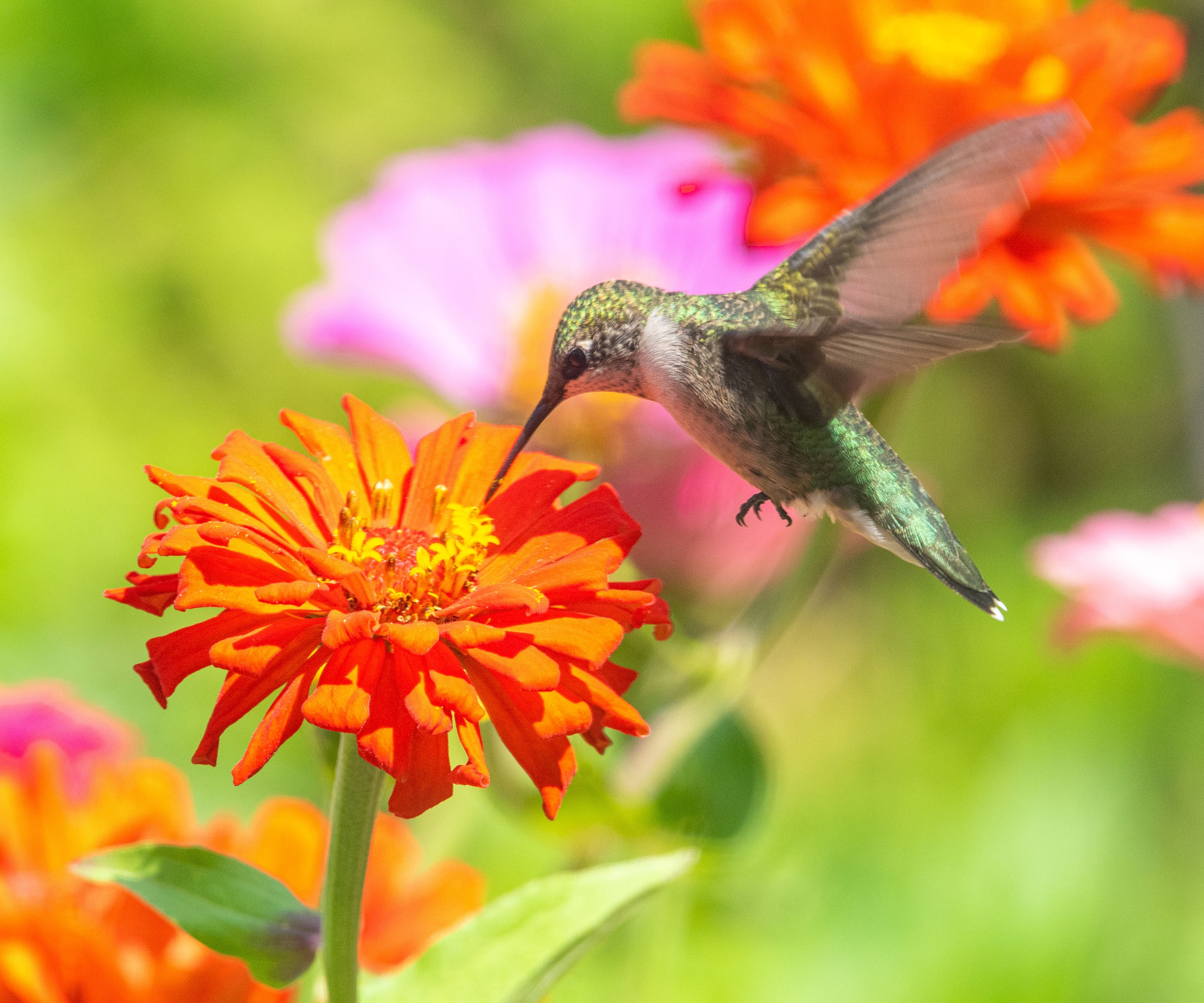
Zinnia (Z. elegans, Z.angustifolia) grows easily from seed in the garden. Multiple varieties and cultivars are available, and all attract hummers. Colorful, daisy-like annuals grow on stalks between 1-3ft tall (0.3-1m). You can plant zinnias for cutting gardens, mixed borders and compact plots. Just choose fertile, well-draining soil in full sun.
5. Agastache
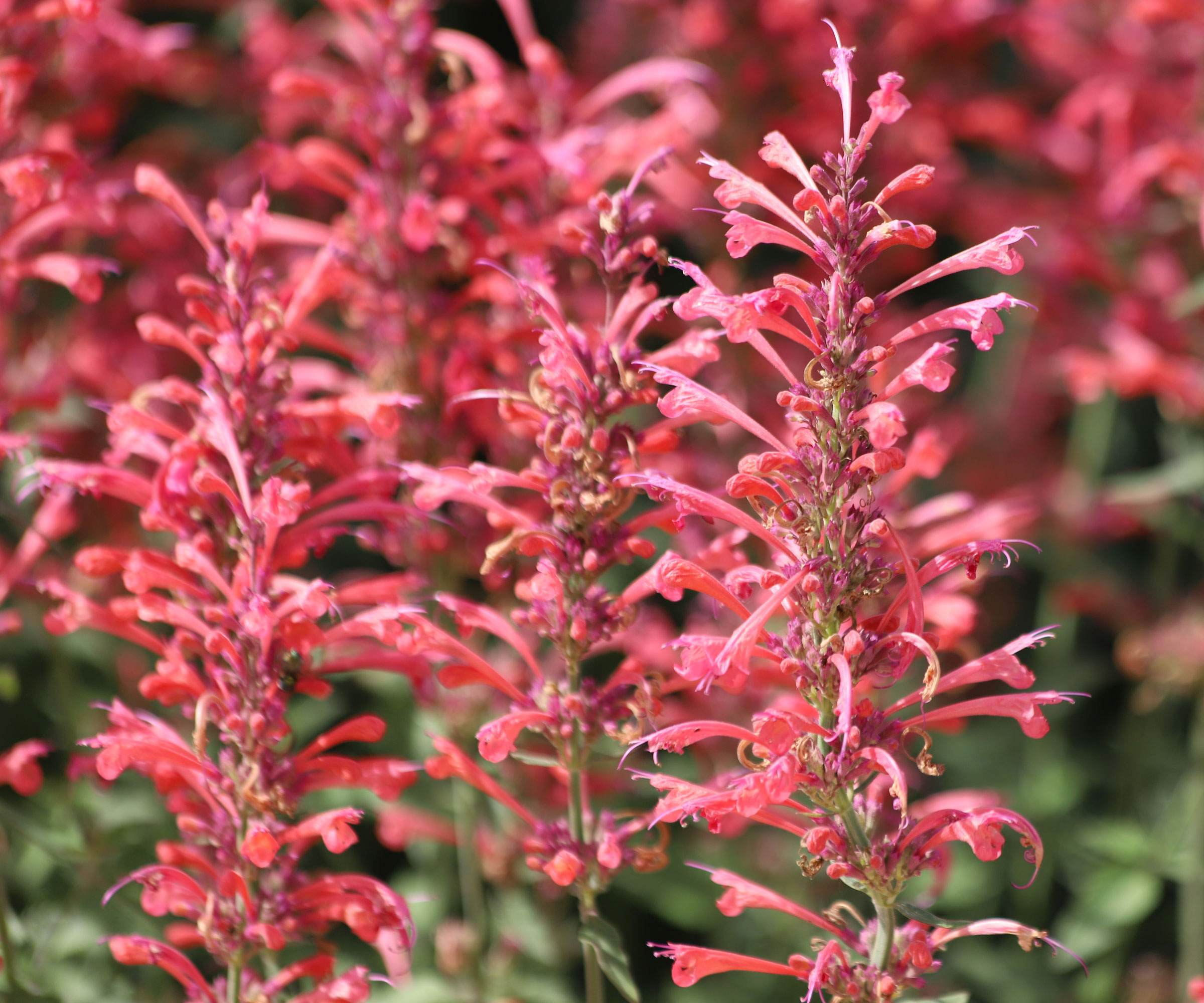
Agastache (Agastache spp.) is a tender, native perennial with tall flower spikes, available in several colors. Purple Agastache from Green Promise Farms is available in the Gardening Know How Shop. These perennials bloom from mid-summer until fall, and can reach 2-3ft (0.6-1m) tall. Just grow agastache in well-drained soil in full sun. These plants flourish in USDA zones 5-9.
6. Salvia ‘Black and Blue’
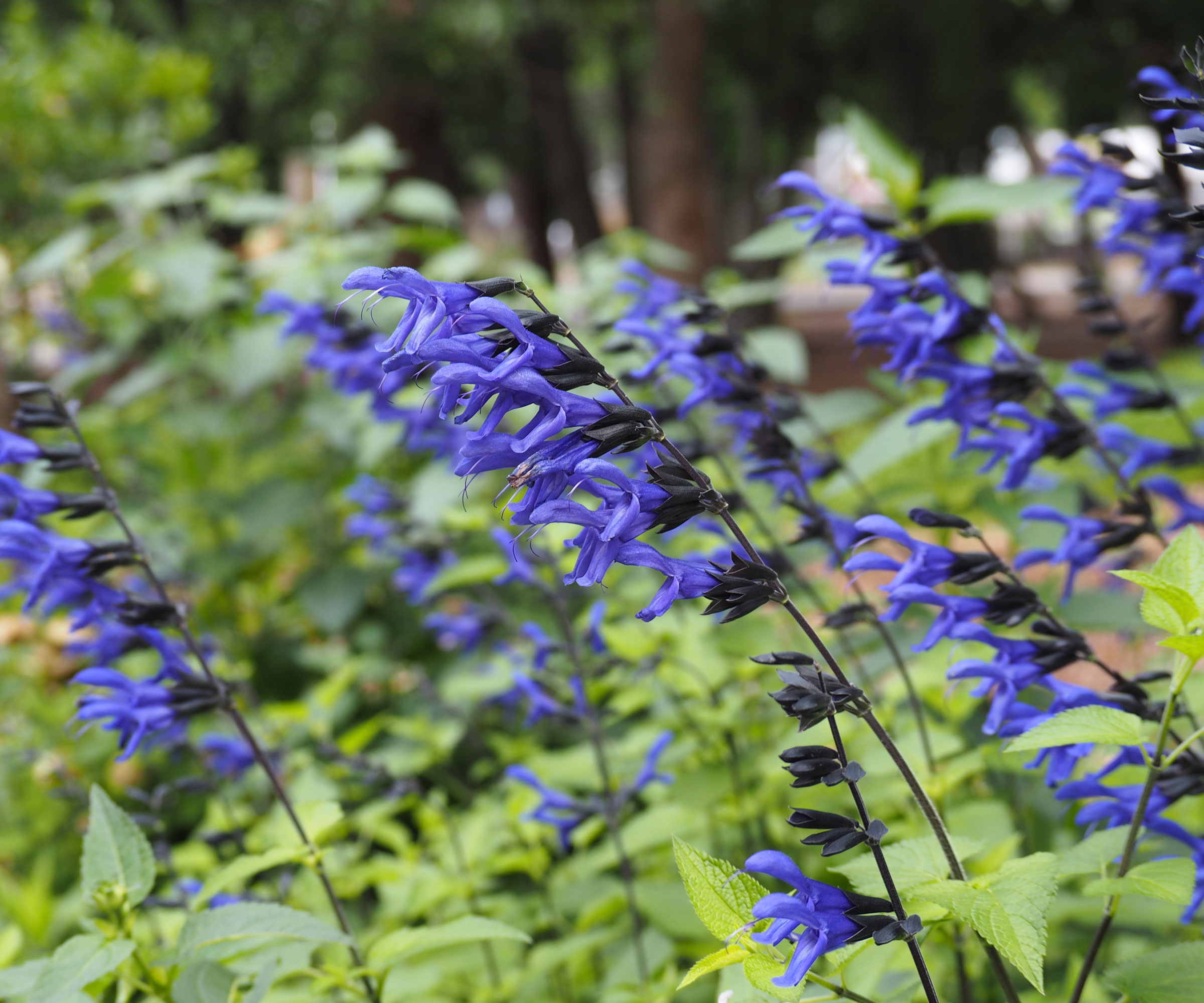
Salvia guaranitica ‘Black and Blue’ is a long-blooming perennial that flowers from late spring to frost. These salvias delight with their tubular spires of deep blue flowers. Like many of the best salvia varieties, these plants form shrubs that are 3ft (1m) tall and wide. Grow in average soil in sun or partial shade, in USDA zones 7-10.
7. Cardinal Flower
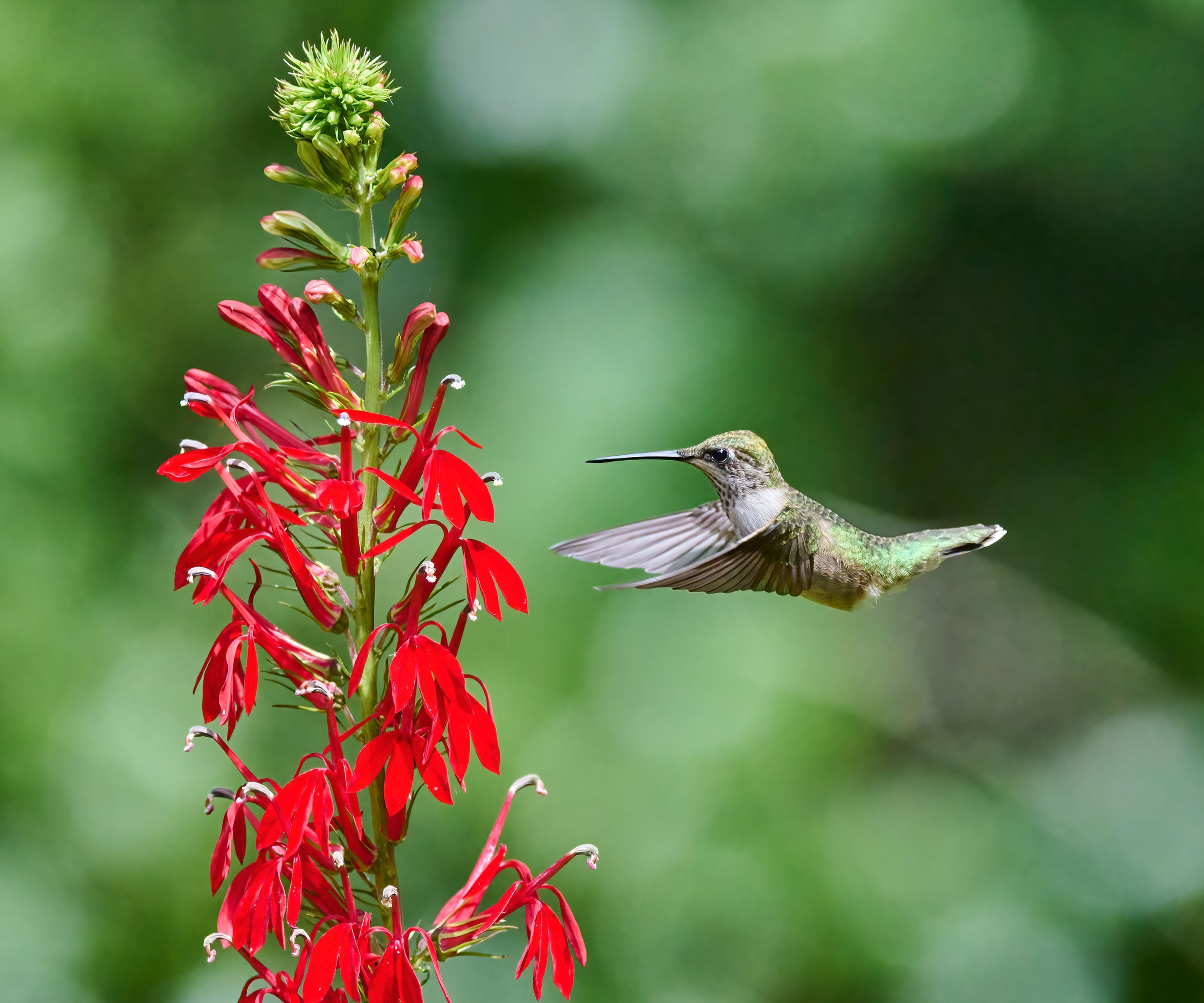
Cardinal flower (Lobelia cardinalis) is a native perennial which sends up 2-4ft (0.6-1.2m) flower spikes in late summer. These spikes charm hummingbirds with their tubular red flowers. Grow cardinal flowers in fertile, moist, well draining soil in partial shade. You can find both red cardinals and blue cardinal flowers in the Gardening Know How Shop. These perennials thrive in USDA zones 3-9.
8. Lantana
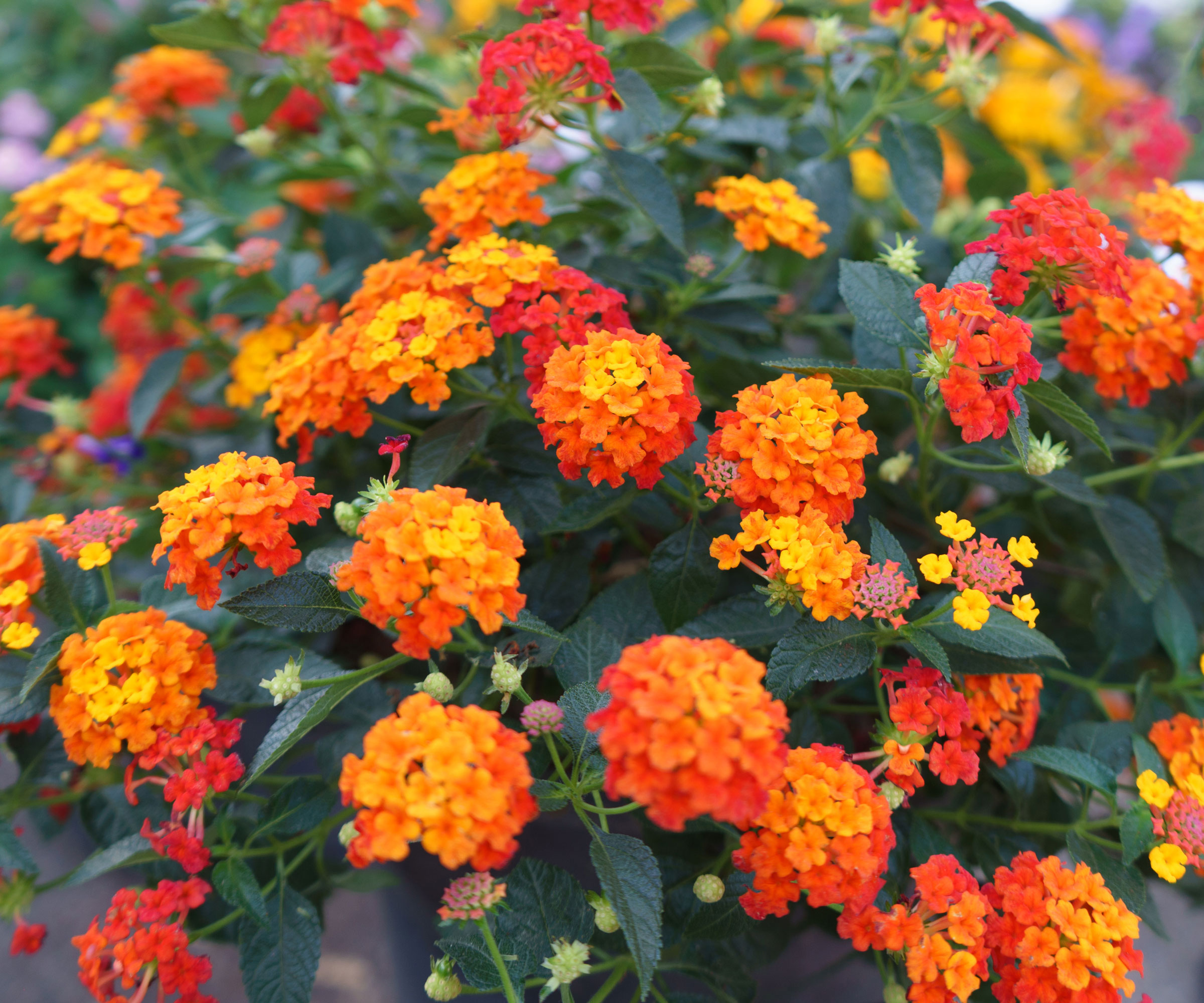
Choose the sterile varieties of lantana (L. camara) or a native species. There are many color combinations of lantana plants to choose from in palettes of pink, yellow, red or white. As well as making good plants for hanging baskets that attract hummingbirds, you can grow lantana as groundcover or in shrub form. Shrubs can reach 1-6ft tall (0.3-1.8m) tall. Plant in well-drained fertile soil in USDA zones 7-11.
9. Coral Trumpet Honeycuckle (aka Coral Vine)
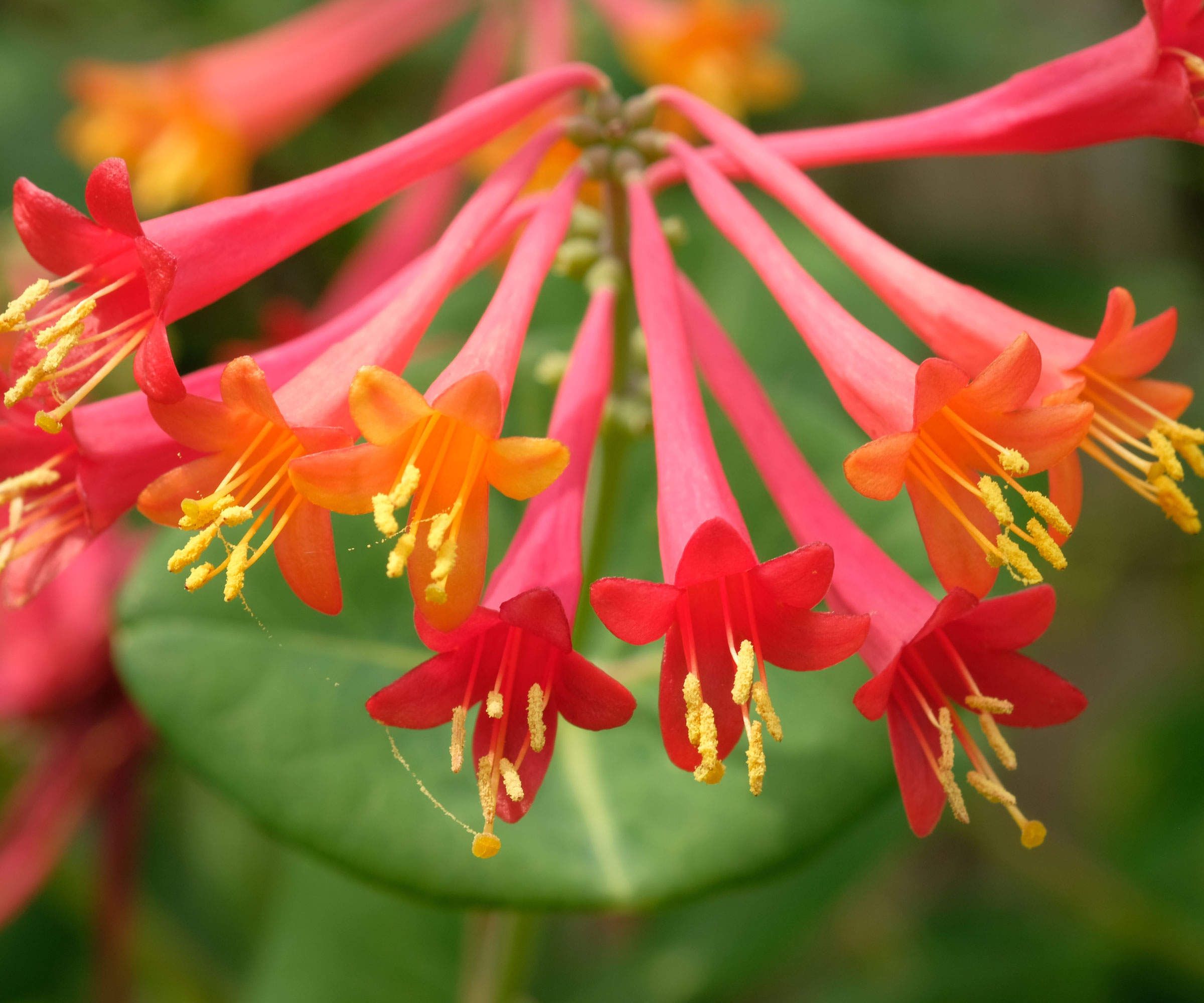
Native trumpet honeysuckle vine (Lonicera sempervirens) starts blooming in early spring and continues until first frost. These perennials delight hummers with their proliferation of orange-red tubular flowers. Plant coral trumpet honeysuckle in rich soil in full sun to part shade against a sturdy trellis. Grow varieties such as ‘Major Wheeler’, available in the Gardening Know How Shop, in USDA zones 4-9.
10. Firecracker Plant (aka Coral Plant)
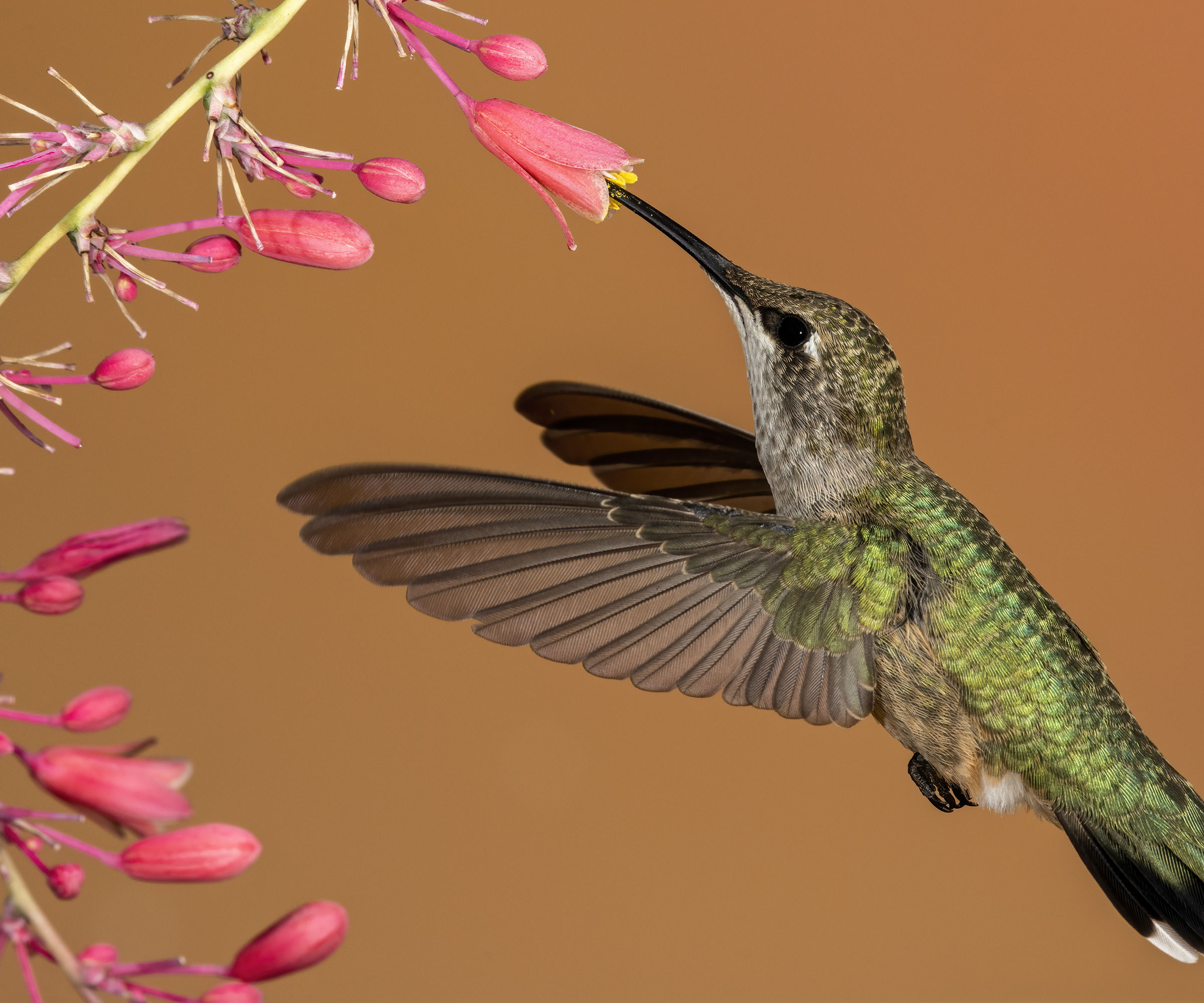
Coral plants (Russelia equisetiformis) are covered in red-orange, tubular flowers that hummers love. Plant in tall containers or hanging baskets in average, well-draining soil. Coral plants make some of the best flowering vines for hummingbirds and their stems can reach 2-4ft (0.6-1.2m) long. These perennials flourish in USDA zones 9-11.
11. Garden Phlox
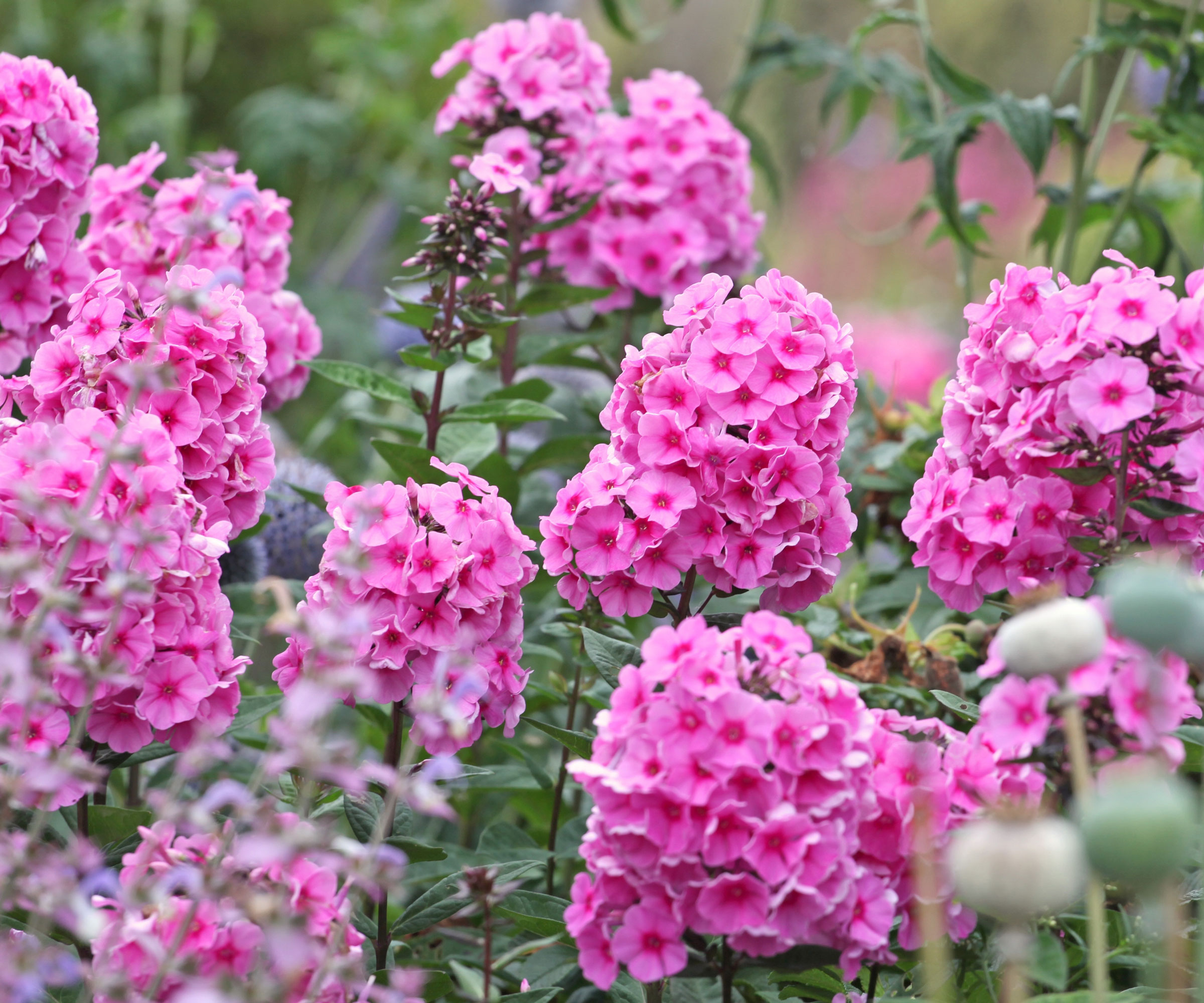
Garden phlox (P. paniculata) is a joyful garden staple that develops colorful clusters of flowers on arching stems. You can grow garden phlox in tones of white, purple, pink, coral, blue and lavender. Varieties such as ‘Jeana’ in the Gardening Know How Shop create a striking tiered effect in mixed displays. These perennials bloom from midsummer to first frost, and can reach 2-3ft tall (0.6-1m). Grow in USDA zones 4-8.
12. Red Buckeye
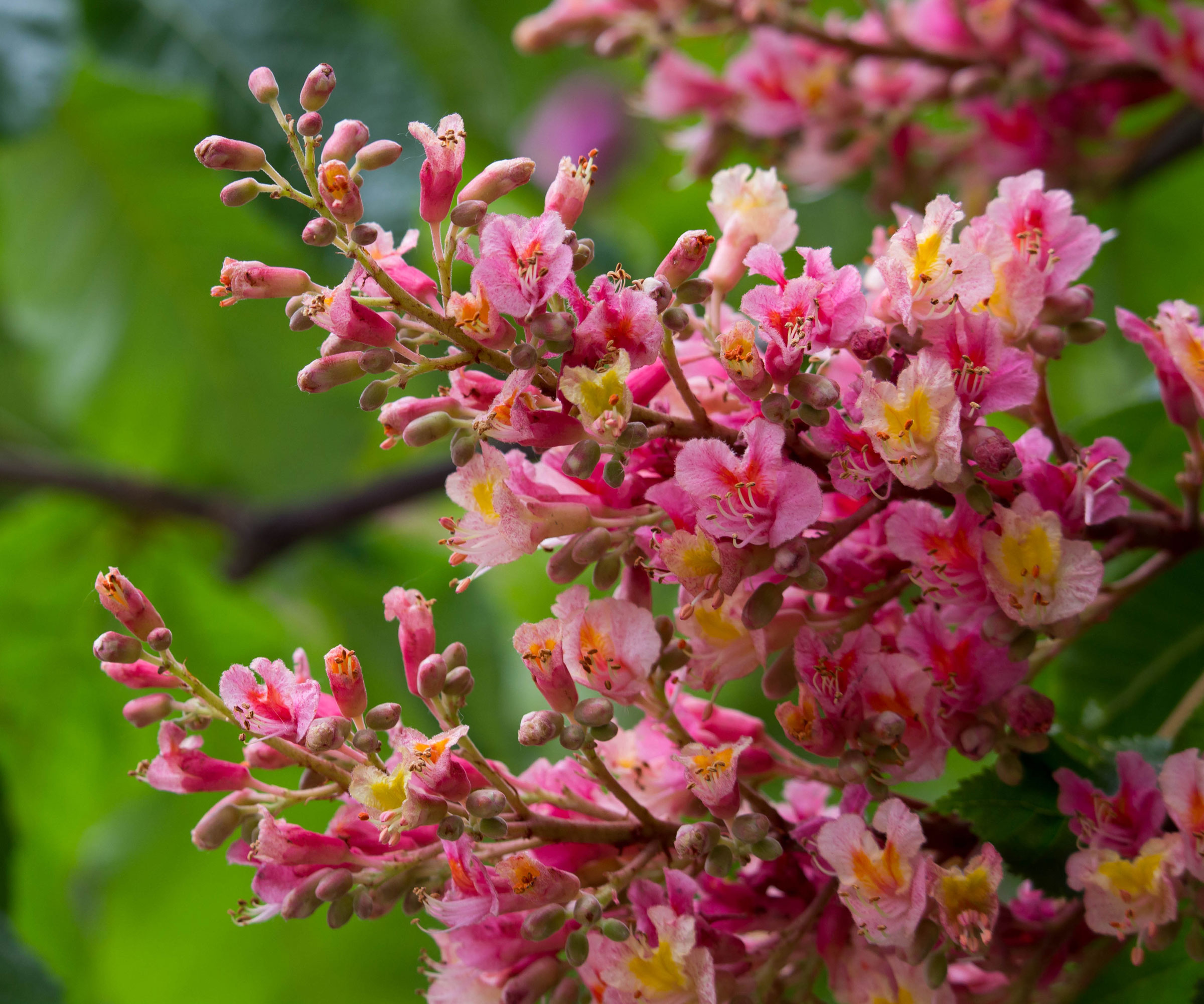
Red buckeye (Aesculus pavia) is one of the most attractive flowering native shade plants you can grow for hummingbirds. This deciduous native reaches 25ft (7,5m) tall and develops pretty red tubular flowers in spring. Red buckeye prefers partial shade in moist, well draining soil and thrives in USDA zones 4-8. All parts of the plant are highly poisonous to humans.
This article features products available from third party vendors on the Gardening Know How Shop. Keep in mind that our plant inventory is limited - so if you’re thinking of purchasing, don’t wait!
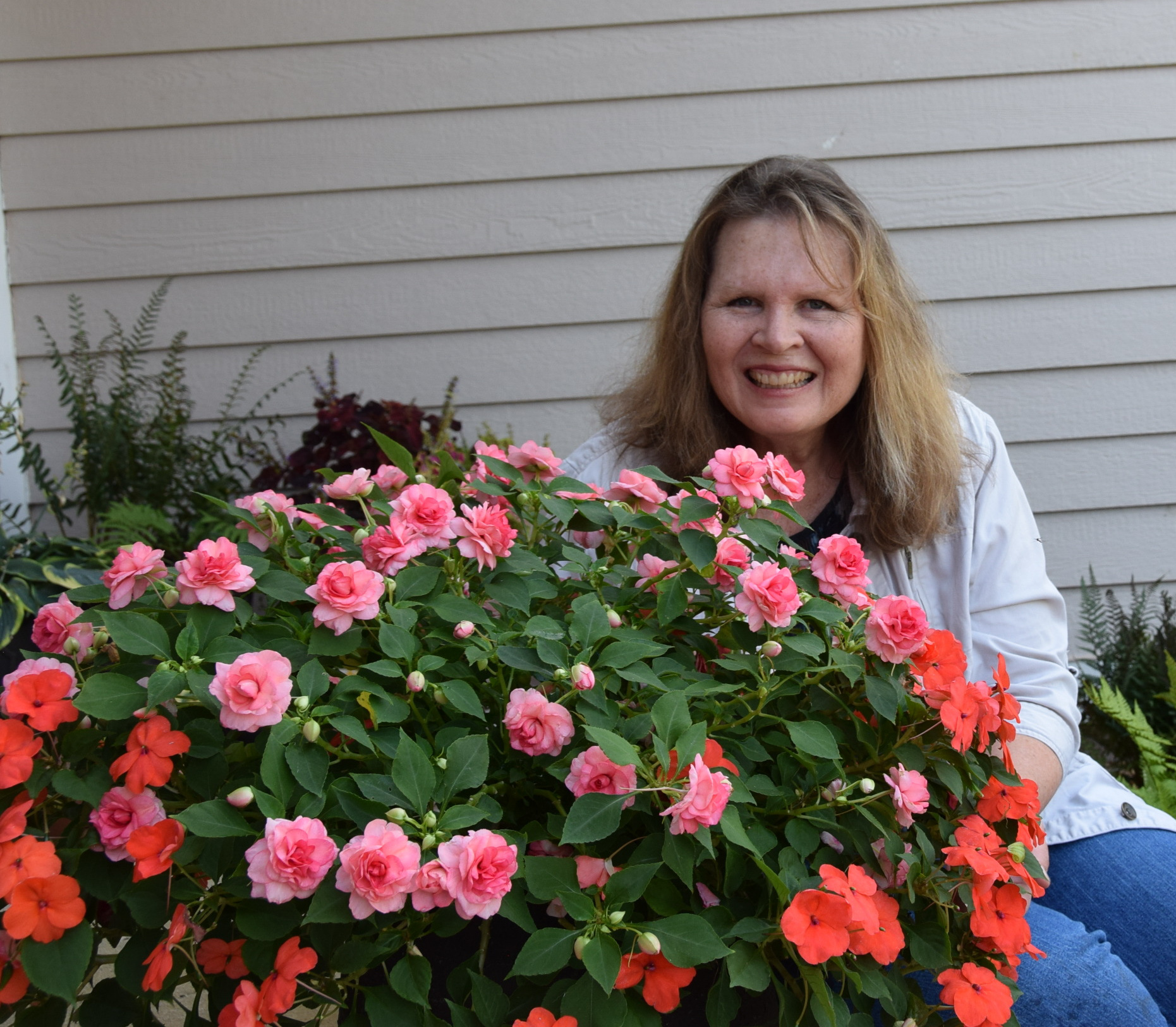
After graduating from Oklahoma State University with a degree in English, Susan pursued a career in communications. In addition, she wrote garden articles for magazines and authored a newspaper gardening column for many years. She contributed South-Central regional gardening columns for four years to Lowes.com. While living in Oklahoma, she served as a master gardener for 17 years.
